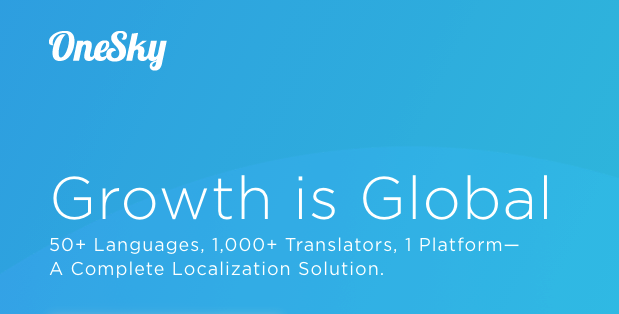Glossary For Website or Mobile Apps Translation
Having a consistent glossary for website or mobile apps translation is important in ensuring everything you need translated is perfect.
One important aspect in translation is the issue of consistency. Having multiple translations for the same term in different places on your websites or mobile apps would not only confuse users, but would make your websites or apps look unprofessional as well. This is particularly true if your project involves a large amount of words or is handled by multiple translators.
To ensure consistent translation for your project, a glossary system is what you need.
What is a Glossary?
Glossary is a system that is designed to ensure consistent translation for terms and phrases specified by the administrator. Some examples of terms that you might want to keep them consistent include company names, taglines, product/feature or other commonly used terms that are important to your brand identity.
How Glossary Works on OneSky Platform?
Step 1: The administrator defines a glossary term
Go to “Glossary” under your project dashboard. Simply type in the word/phrase that you would like translators to translate consistently.
- You can choose to lock a term so that translators would not be able to translate it in all languages. For example, you might want your company name to always remain in English.
- You can also choose to enter description to provide more information about the term for translators. This is especially important for terms that can have multiple meanings depending on context.
Step 2: The translator translates the term(s) in the glossary
When a translator comes to the translation platform, he/she will be prompted to translate the terms in the glossary first.
Step 3: The translator translates the actual project
Once the terms in the glossary is translated, whenever a translator has to translate that particular term in the actual project, the translator will be prompted to use the translation stored in the glossary.
If you have locked a term to prevent translators from translating it (e.g. our Company name “OneSky” in the below example), it will appear as a placeholder to the translator. The translator would not be able to submit the translation unless he/she has included the placeholder {OneSky} in the below example.
For more information about how our system handles placeholders, see our previous blog post on placeholders.
Keeping your translation consistent is made simple by OneSky cloud-based translation management platform.
If you like this feature and would like to experience it yourself, sign-up for a free account at OneSky today to start exploring. Alternatively, you can also contact us if you’ve any questions regarding the use of glossary.



 Written by -
Written by - 

 Written by
Written by 


